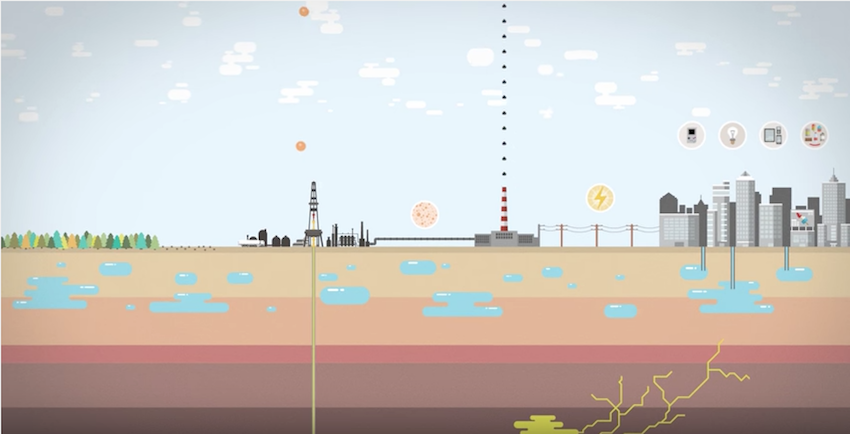
It Is Not…
Fracking is a post-drilling procedure. In other words, fracking is not part of the exploration and drilling process. Instead, fracking is a means of increasing the output production of existing wells. However, given the success of fracking, it is not uncommon for a company to frack immediately following the drilling of a well.
But It Is…
Fracking is the process of expanding the fractures that exist naturally in oil and natural gas shale. The purpose of expanding the fractures is to stimulate the rate of production and maximize extraction efficiency. Often, natural gas and oil wells begin to taper off in production and must be capped even though large sums of oil or natural gas are trapped in the pocket.
Fracking is a means of extracting a higher percentage of the natural gas or oil found in shale.
Understanding Drilling = Understanding Fracking
While fracking is not drilling, fracking cannot occur without it. The first step in the drilling process is protecting any fresh water reserves that might exist underground. Most aquifers are found within 1,000 feet of the surface, so a hole is drilled down until the bore extends below the bottom of the water reserve. Then, a steel surface casing is pushed into the drill hole.
Next, a smaller diameter casing is pushed into the surface casing. Then concrete is pumped in between the surface casing and the small diameter sleeve. This procedure ensures that no oil or natural gas escapes into the freshwater source. Following the cementing of the surface casing, drilling recommences.
Once the natural gas or oil shale is reached—at an average depth of about one mile —the drilling direction changes from vertical to horizontal. This minimizes the number of wells a company is required to drill on the surface. Once the drilling of the bore hole is complete, even smaller diameter casings are pushed into the bore hole, one after another, until the entire length of the well is lined with casing. Then, concrete is pumped under pressure into the casing, escaping out the other end and creating a lining between the bore hole and the casing as it climbs back toward the surface. Finally, fracking begins.
Process
The first step in fracking is perforating the casing wall. A cylinder called a perforating gun is lowered into the hole and pushed to the end of the well using air pressure. Once in place, the gun sets off small charges that perforate the steel casing and the concrete lining around it. This process is performed throughout the entire length of the horizontal casing.
Next, a water, sand and/or porcelain solution is pumped under pressure into the well by a series of frack trucks. There are also chemicals in the mix, but the chemicals constitute less than one-half of 1 percent of the solution. The pump trucks fill the horizontal portion of the well casing with solution. Under pressure, the solution escapes through the perforations in the casing and into the shale.
The pressure of the solution exaggerates the naturally occurring fractures in the shale. This procedure is the essence of the fracking process. Once complete, the water and chemical portion of the solution is extracted from the well. But, the sand and/or porcelain remain. It is the aggregates that keep the fractures open and increase well production.
While drilling can take months to complete, the fracking process is usually no more than a week or two.
____________________
Illustration courtesy of Phillip Dettmer via YouTube Video.